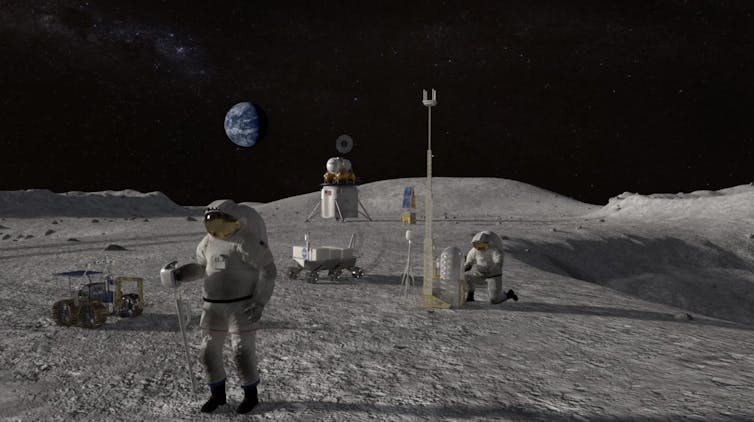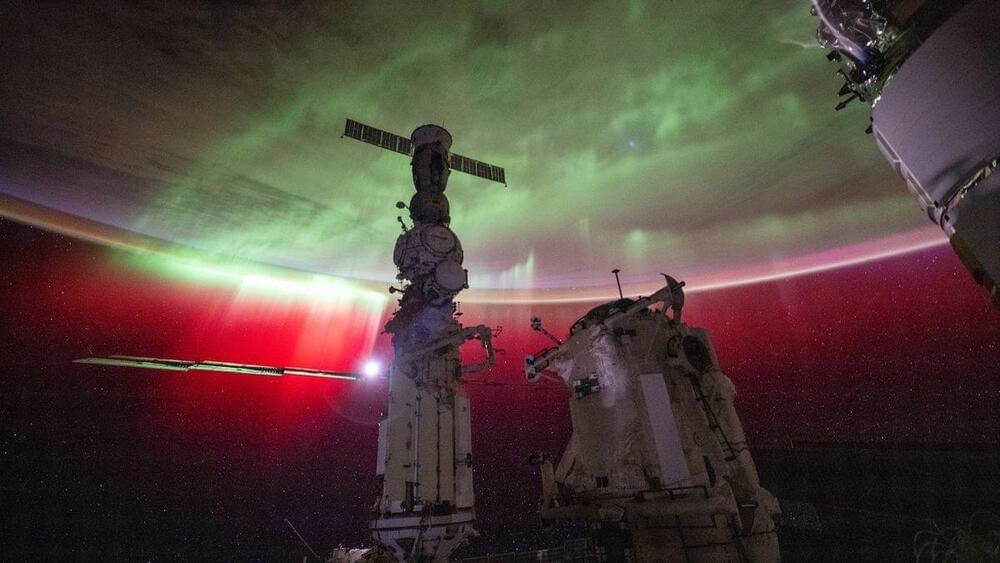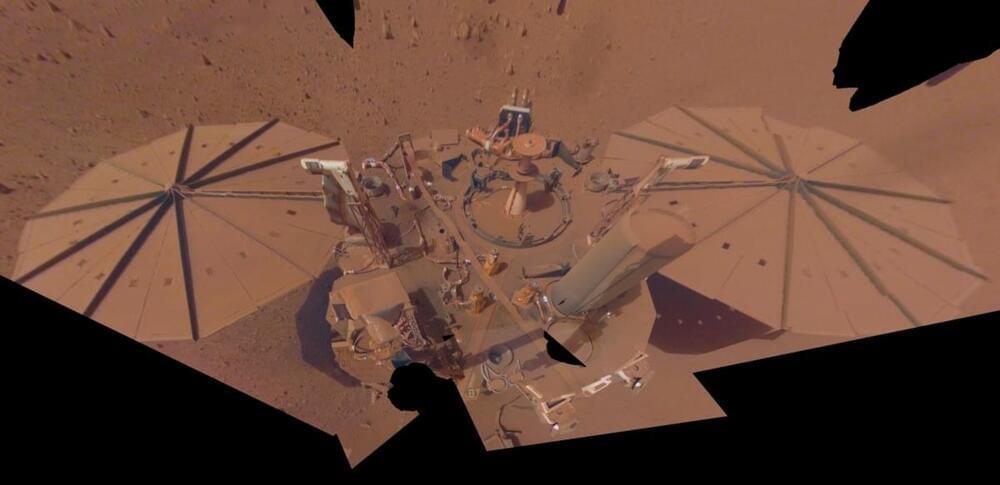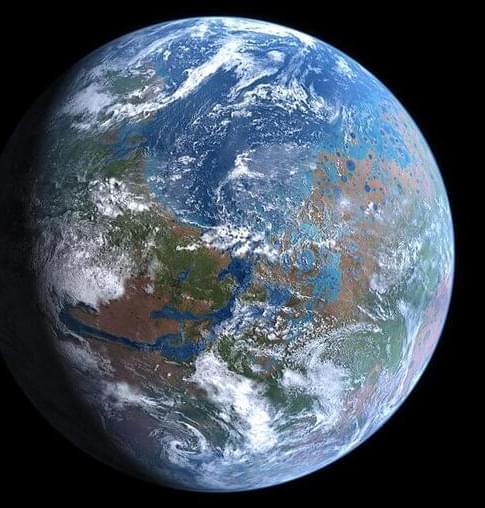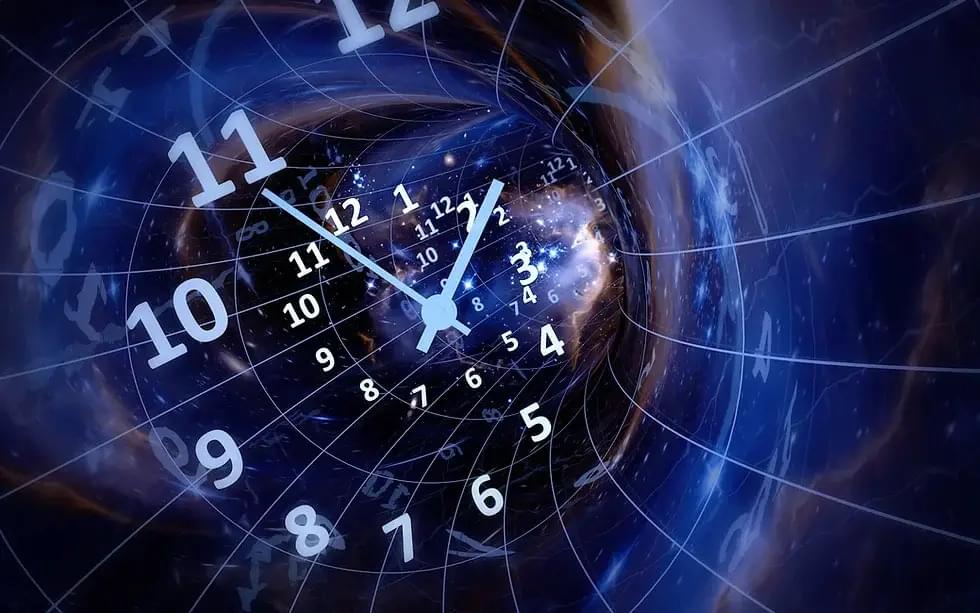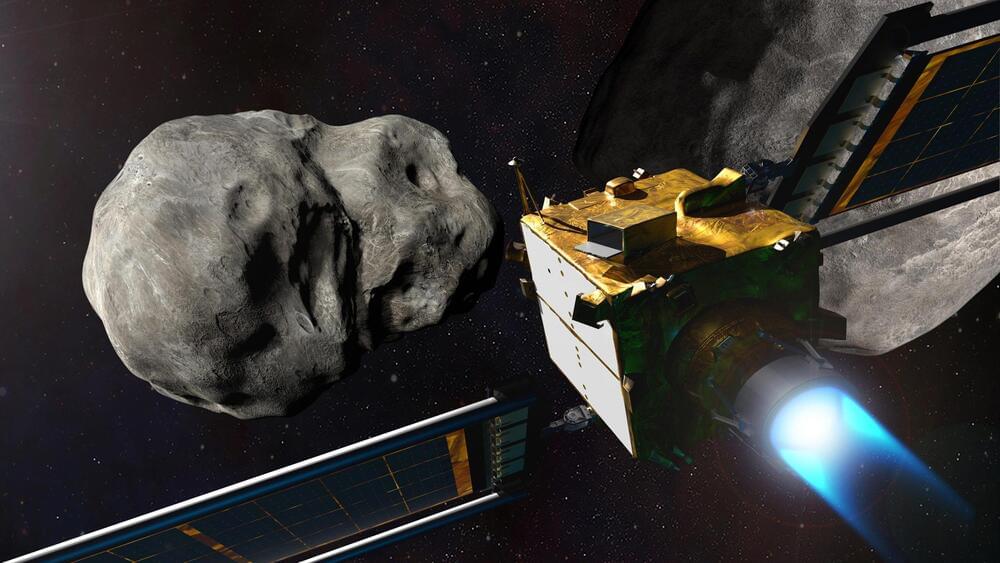Aug 19, 2024
Cutting-Edge Roman Telescope Instrument Arrives at NASA’s Goddard Ready to Unravel Cosmic Mysteries
Posted by Genevieve Klien in category: space
NASA’s Nancy Grace Roman Space Telescope is a next-generation observatory that will survey the infrared universe from beyond the orbit of the Moon. The spacecraft’s giant camera, the Wide Field Instrument, will be fundamental to this exploration. Data it gathers will enable scientists to discover new and uniquely detailed information about planetary systems around other stars. The instrument will also map how matter is structured and distributed throughout the cosmos, which could ultimately allow scientists to discover the fate of the universe. Watch this video to see a simplified version of how the Wide Field Instrument works. NASA’s Goddard Space Flight Center
Unprecedented Observational Capability



